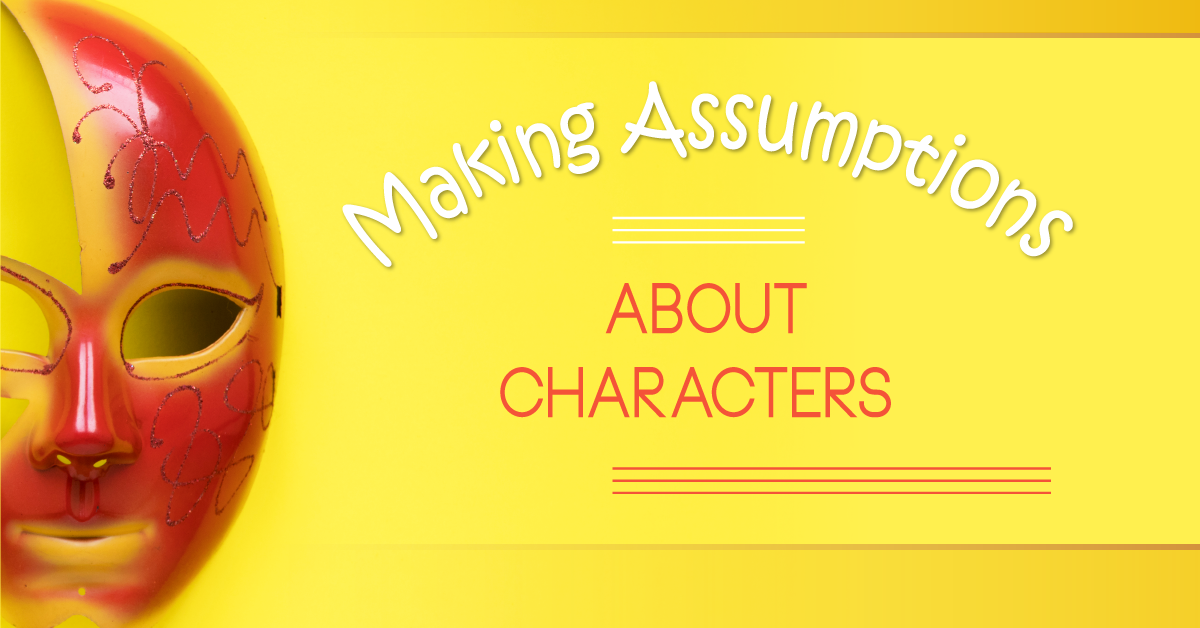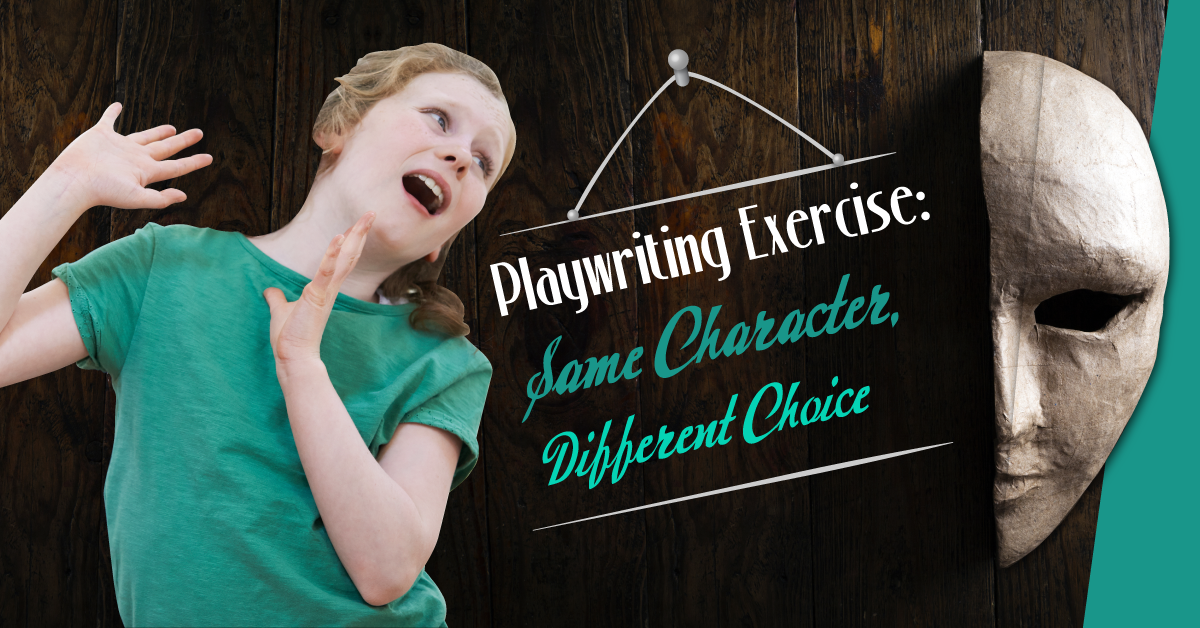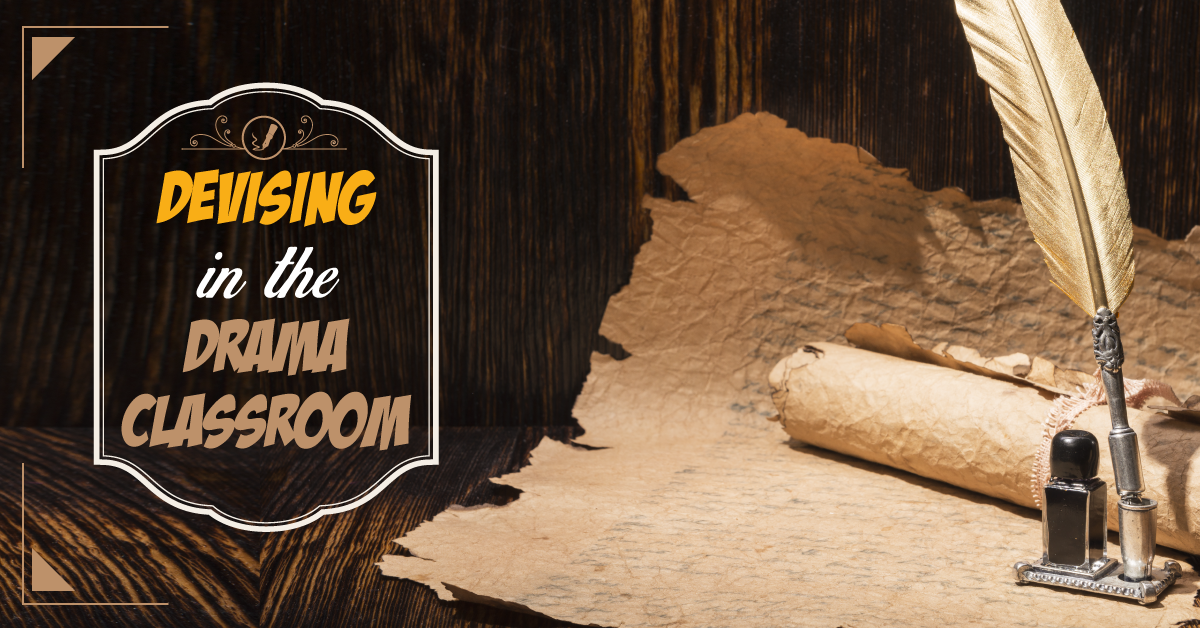Making Assumptions About Characters
An assumption is when someone accepts something as true about a person, place, thing, or idea without proof. People do this all the time, often without thinking. We assume all sorts of things about others: That student has a designer bag, so they must be rich and snobby. That student answered that easy question wrong, so they must be pretty stupid. The teacher gave me a bad grade on my project, so they must hate me.
By making assumptions, we open ourselves up to all sorts of negativity: feelings of jealousy, resentment, frustration, self-pity. We also risk causing conflict, particularly if the person we make assumptions about finds out and disagrees with our assumption.
In plays and musicals, assumptions frequently create conflict and drive the plot of the story. In Shrek: The Musical, Shrek overhears a conversation and assumes that Princess Fiona thinks he is an “ugly beast” (she is actually describing her feelings about herself, being cursed to turn into an ogre at night), which causes him to storm off in anger and treat Fiona badly the next day. In Legally Blonde, Warner breaks up with Elle, assuming she is just a silly sorority girl who isn’t serious about anything, until she proves him wrong by getting into Harvard Law School. In The Lion King, Simba runs away after his father Mufasa is killed, as he assumes he will be blamed for Mufasa’s death. This is further complicated when Scar tells the rest of the pride that Simba was also killed and the other lions believe him.
In all three situations, the characters believed that what they were experiencing was true, without looking for proof otherwise. This creates conflict, which makes for an interesting story, as the audience waits to see if and how the conflict will be solved. Assumptions, in this case, can be a useful tool when creating a new theatrical piece.
If your students are feeling stuck when working on a playwriting assignment or when attempting to devise a scene, have them try this assumption exercise to get their ideas flowing. Start by having students consider the following:
- Think about a time when someone made an assumption about you,
OR
Think about a time when you made an assumption about someone else. - Did the assumption turn out to be correct or incorrect?
- How did it make you feel?
- How did it make the other person feel?
- Did the assumption lead to conflict?
- Were there any consequences or fallout from the result of the assumption?
From there, divide the class into groups of three. Using the ideas they brainstormed, groups will select one idea to use in creating a brief, one-minute scene where one student plays a character that makes an assumption about another character, played by the second student. This assumption creates a conflict of some sort. The third student can be used in any way that helps the scene progress. Perhaps they are a character who tells the second character that the assumption was made, perhaps they are a mediator who helps solve the conflict, or perhaps they are a friend to the first character who makes the conflict even worse by adding another assumption to the mix. Give students about ten minutes to plan their scene, and then have them present to the rest of the class.
After each group presents, have the rest of the class discuss the following questions:
- What was the assumption that was presented in the scene?
- How did it create conflict between the characters?
- How did it make the first and second characters feel?
- How was the third character used?
- Did the third character improve the situation or make it worse?
- How could the presented scene possibly be developed further into a new or larger piece? What could it be used for?



